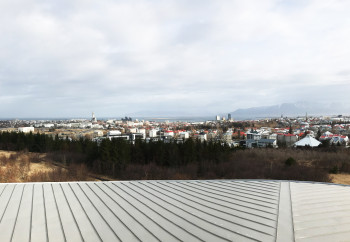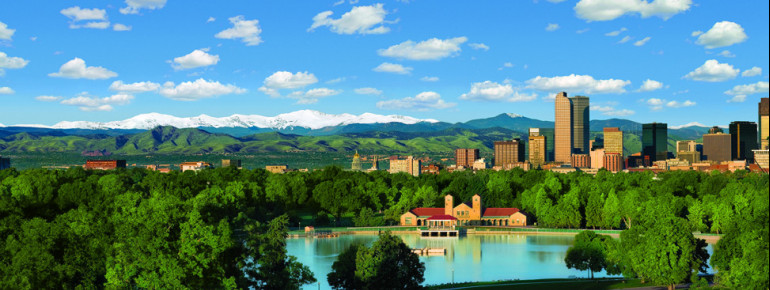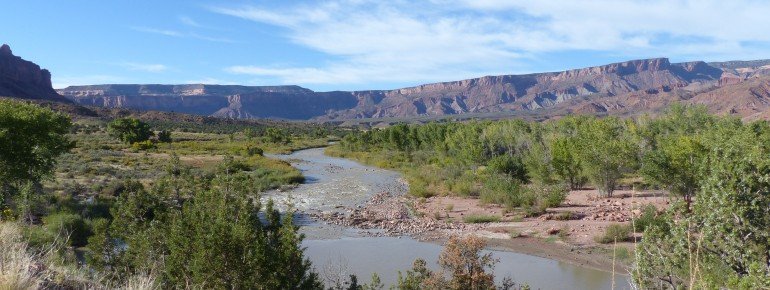Say ”Iceland“ and you probably think of sagas, volcanoes, waterfalls, and glaciers, that will likely make you feel as if being locked in prehistory. In 2017, the number of foreign visitors exceeded 2 million for the first time, which is more than six times the total population, and yet Iceland is not overrun with visitors. However, the land of ice and fire has tons of things to offer that prove its magical character. Caution! Iceland's Northern Lights may cause addiction!
Reykjavik in a Day
When there's only a few hours for you to kill in Iceland's capital, here are the can't-miss spots every traveler should go see and visit. Reykjavik is a metropolis to be experienced rather than stared at. You may want to start with a stroll through the city. There are lots of excellent cafes dotted around Reykjavik; but keep in mind that Iceland's capital is one of the most expensive cities in the world, so looking through the restaurants everything may seem extremely high priced. Since most of the food offered has to be imported quite a distance, as farming is quite hard with the harsh weather conditions, prices here are inflated.
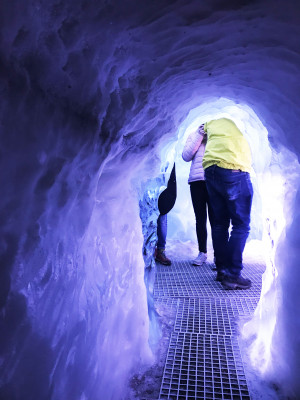
A visit to Perlan Musum is highly recommended. Being one of the most visited attractions in Iceland, it features Icelands natural wonders all in one place by hosting a planetarium, exhibitions of land, coast and ocean as well as one of glaciers and ice caves. The Ice Cave Exhibition is built inside a hot water tank, illustrating the glaciers and information about these, and letting visitors experience a man-made ice cave on their very own.
Another must-do is spending some time relaxing in one of the numerous natural hot springs (and many a spa) outside of Reykjavik, which is usually at the top of most visitors' agendas. However, the meaning of 'relaxing' is rather vague here, as people in Iceland get in the hot pools to hang out and socialize with friends.
Golden Circle Tour: A Must-Do Day Trip
Apart from volcanoes, glaciers, waterfalls and hot springs, Iceland's highlights do also include the Golden Circle. Almost every tour company based in Reykjavik offers a Golden Circle excursion taking in three popular spots all within 100 km of the city.
The tour is perfectly doable in a day; starting out in the capital, the guide takes you to a spouting hot spring in Haukadalur, a geothermal area home to two famous geysers, The Great Geysir (or simply Geysir) and Strokkur – the latter of which erupts every 5 to 10 minutes and is thus quite dependable with outbursts reaching between 20 to 30 m in height.
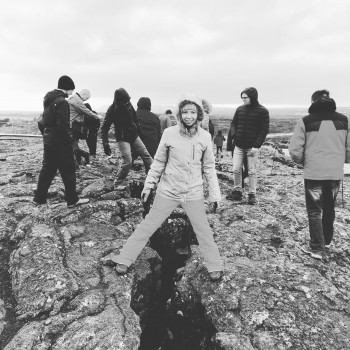
Second stop of the day will be at Gullfoss, a roaring waterfall in southwest Iceland. As it is one of the most popular tourist attractions in Iceland, people are thrilled at how the water plunges into a crevice 32 m deep. On sunny days, a shimmering rainbow tops off the magic of the waterfall, while during winter you may want to bring all of your winter gear to enjoy the spectacular view when the partially frozen waterfall is covered with ice and snow.
Last but not least there's Þingvellir (or Thingvellir): Located in a rift valley that marks the crest of the Mid-Atlantic Ridge and the boundary between the Eurasian and North American tectonic plates, Thingvellir is also the site of the ancient Icelandic parliament, which was established in 930. At Thingvellir, the plates break apart allowing the land between to subside, which means that the continental drift can be clearly seen in cracks and canyons and be felt in earthquakes hitting the area every now and then. However, make sure to not miss out on this spot and feel free to take a walk between the two tectonic plates.
Chasing the Aurora Borealis
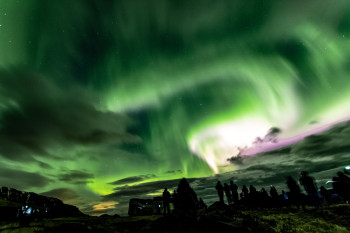
Any chance you will be taking your trip to Iceland sometime between October and April? Here's great news for all aurora chasers, people who speed around in search of the best views of the aurora borealis, the stunning Northern Lights: The best time to see the Northern Lights is exactly during these months, as these are the months where there are full dark nights, which increases the chances of seeing the lights. Iceland makes for perfect hunting territory for the aurora, as there is only very little light or noise pollution.
This much is certain: You will be amazed at what is unfolding before you, so make sure to look at all the weather data, cloudiness reports, cloud movement and density of clouds to ensure you've gone all lengths to get a chance to see the aurora borealis. However, if for some reason you don't manage to visit Iceland in the early months of the year or there is not enough solar winds or whatsoever: The joint trip at nighttime is always great fun – with or without a brightened aurora.
Northern Lights Photography Settings

Here's the starter guide to photographing the Northern Lights – sure, the aurora is not as easy a portrait as a scenery would be, yet anyone can capture the lights following some easy-peasy steps on their DSLR camera:
- ISO 800
- do not open your aperture any wider than F-stops f/3.5
- exposure time of 10 seconds
- manual mode
>> Click here for other tourist destinations and must visit spots in Iceland!



